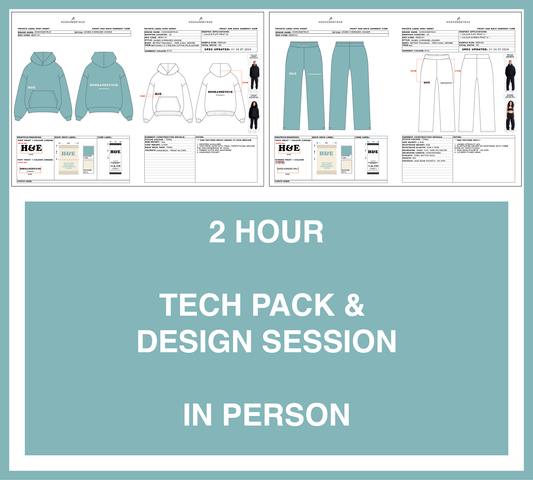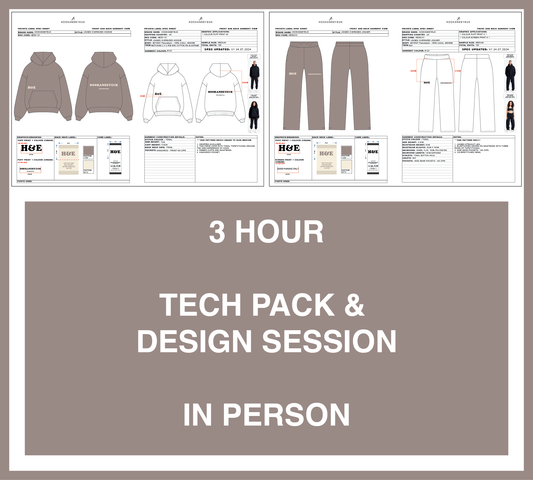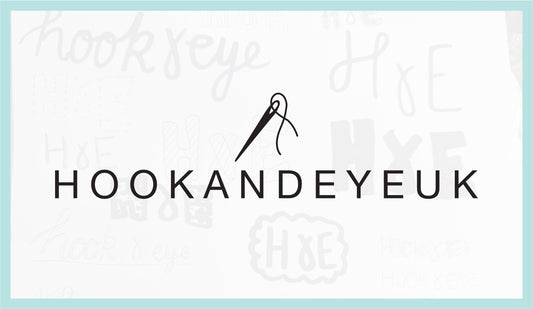Start-ups can’t succeed by being cheaper, but by being different.
Have you ever wondered what can set your start-up brand apart from established brands when you have way less resources? Never fear it’s not impossible! I’m going to tell you some super simple ways to do it (without breaking the bank).
Tell a more compelling story!
We all know that low value brands simply pump endless styles out and the brand story is non-existent. The theme is ‘it’s cheap’. As a small brand you can integrate the things that you hold dear into the foundations of the brand message. It might be solving issues around the garment supply chain ethics or sustainability in garment manufacture. Or maybe a certain lifestyle like street/hood/yoga/healthy living. All you need to do is build your brand story around whatever you decide, and it will attract like-minded consumers (this becomes your target market). For more on building your USP read here.

Create a more personal customer connection.
Large brands are usually pretty faceless (especially value ones), could you tell me the head of the design department at F&F at Tesco or Levis? No? I couldn’t either. Established brands use celebrity and influencer relationships to personalise their brands but as a small brand there’s no need. You as the owner can talk to your audience through socials and in the ‘About’ section of your website. If you’re not comfortable doing this yourself then strike a partnership up with someone you trust. Knowing the story behind the brand is a brilliant way to build personal customer connections and inspire brand loyalty.
Experiment with bold ideas.
My favourite thing to do with small brands is utilise bold silhouettes, it could be a really boxy tee, a jumbo tote, a trouser that has a curved or twisted side seams – anything that draws the shape out of the ‘usual realms’ - it’s a cost-efficient way to make interesting products. Also, everyone will automatically know that it’s your brand which is always a plus!

Focus: Solve a niche problem deeply instead of appealing broadly.
Now with this one you must be careful you’re not simply inventing a problem to then solve it, we’ve had many brands come to us with ‘solutions’ to issues that already have better ways to rectify the problem.
A good example of solving a problem is; recently we’ve had quite a few brands approach us wanting to design ranges for neuro-diverse collections. These garments solve the problem such as annoying inner labels and having to put the garment on the right way; to rectify this we’ve made reversible t-shirts, sweatshirts and trousers that can be worn back to front and inside out that have discreet printed labels. This is a niche problem and only appeals to a comparatively small market, but it does completely solve big issues within this market which is all you need to build customer purchases.
Innovation: Offer a new way to do something better or more enjoyably.
This one seems tricky but it’s not! Just pick an emerging trend. One I’ve noticed recently is Paddle Ball or Pickle Ball. Both sports are growing in popularity but have few specialist brands attached to them. The sports are fundamentally very similar to tennis so would only require a few adaptions to bring innovation and supply an emerging market all in one swoop.

Another example (also linked to sport) is creating gym wear for specific body type. For example there are quite a lot of ‘tall’ activewear options however there are not many brands that cater for the tall and plus size consumer who wants to be active. Noticing gaps in the market like this is a really simple way to innovate and connect with a specific audience who (as long as you provide good quality product) will become loyal and spread awareness for you without asking!
Identity: Create a brand that resonates emotionally with a specific group.
My advice is to look at brands like Fear of God, Represent and Stussy. They didn’t try to beat low value fast fashion giants like Primark or H&M on price, instead they have built brands with purpose, identity, and community. These brands prove you don’t need to be the cheapest, you need to be meaningful and supply good quality garments.
Competing on identity, values, and innovation beats competing on price in the current climate. Even huge low-value high street brands are being threatened by the earth-burning atrocity known as Shein (you might be able to tell I’m not a fan) – instead of trying to compete on price and number of styles the big value brands are all re-branding to present as more premium , start-up brands can learn a valuable lesson from this by starting off in the premium vein!
Final Thought: Build something so valuable that price becomes a secondary consideration.
Curate consumer emotional connection by providing product that feels great to wear (I know you have brands that you put anything on you own from them and you just feel good). Creating garments that last, made with high quality fabrics and construction techniques with interesting silhouettes and a good brand back story is the recipe any start-up brand needs to win. Don’t forget that big brands are slow to change, they’re often generic; their scale makes them powerful but less agile and less personal and that’s your edge.
At Hook and Eye UK, we specialise in the design, sampling and bulk manufacture of bridge and high-end brands - brands that want to create garments that last! We can help brands move faster with our years of experience in the fashion industry to support and guide start-ups in their journey to success.
Love Joss (founder/owner)
Hook and Eye UK








